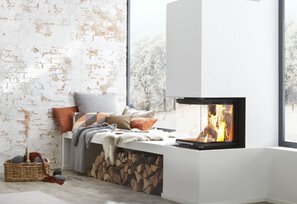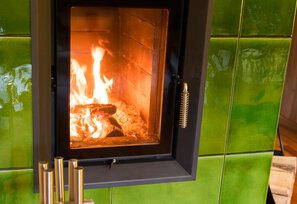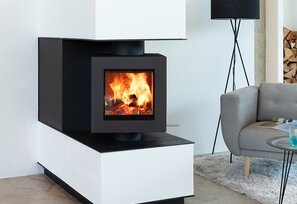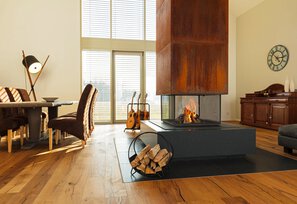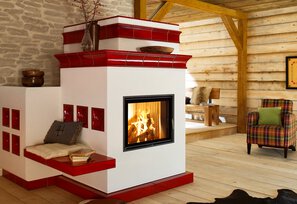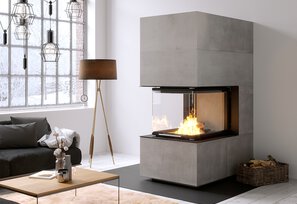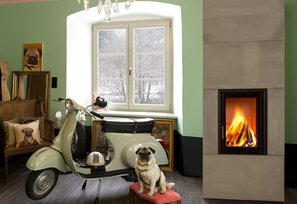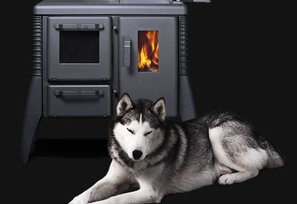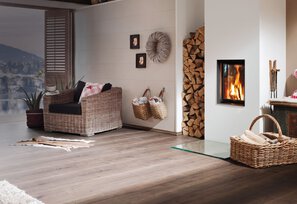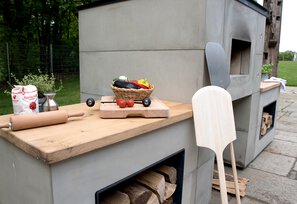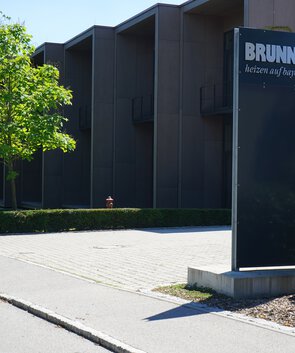Radiant heat vs. convection heat
A warm room is a place of well-being. However, the positive feeling is not only related to the temperature, but also to the room climate. A distinction is made between convection and radiation heat. Not all heat is the same, because heating influences both the room temperature and the room climate. A warm room does not automatically have to be perceived as pleasant. In principle, there are two different types of heat transfer:
Convection heat
When energy is transferred from one place to another, it is called convection heat. In this process, the air absorbs heat and brings it to another place by convection (from the Latin convehere: to carry, to take along). The energy carrier is therefore air and the principle is: air heats air by convection.
Radiant heat
Radiant heat is infrared radiation. When this infrared radiation hits objects, it heats them. Objects then also radiate the heat again, so you are in a pleasant radiant heat field.
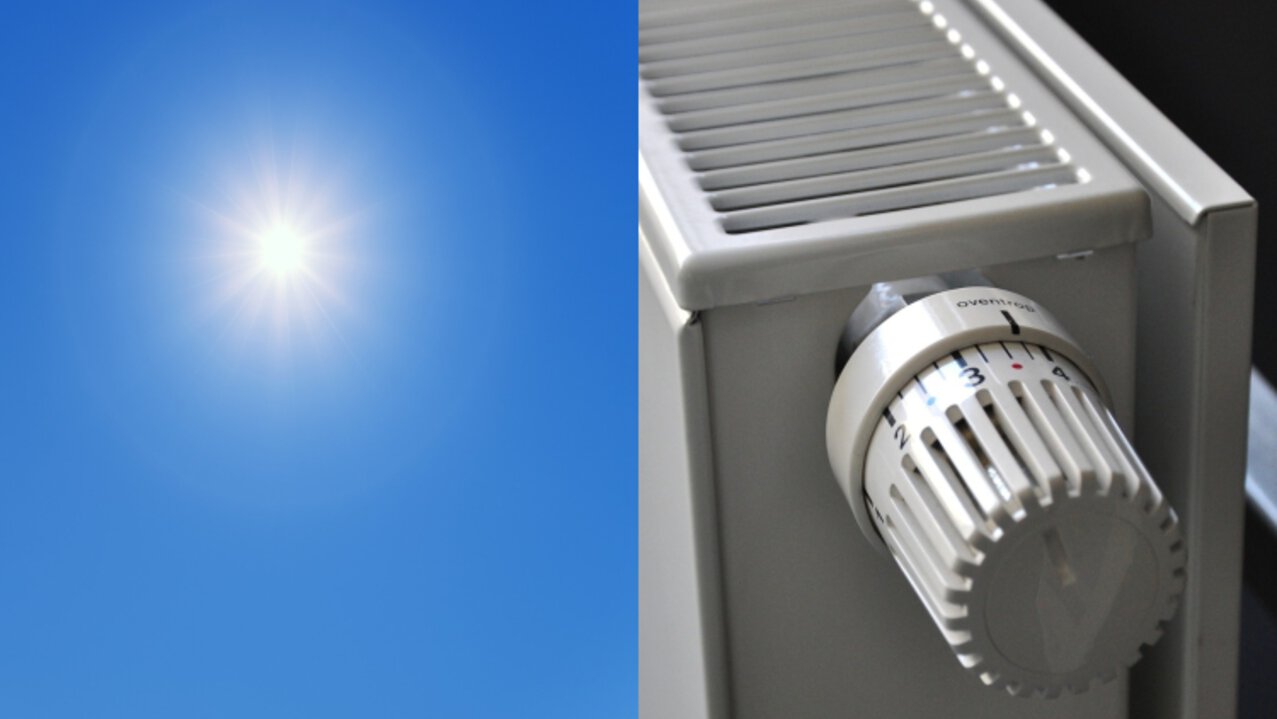
Convection heat dominates in the hot-air stove
A hot-air stove primarily gives off convection heat. If it is equipped with a recirculation and supply air grate, this increases the heat efficiency because the air flows in at the bottom, past the heated reheating surfaces and out through the upper supply air grate where it is heated up particularly quickly. The heat therefore reaches the room quickly, but is not as long-lasting as the radiant heat of a storage heater. In addition, dust is stirred up by air movements in the room, which can be unpleasant not only for allergy sufferers.
Storage heaters provide a lot of radiant heat
Conventional masonry and storage heaters produce only a minimal proportion of convection heat, but they produce a high proportion of pleasant radiant heat. The room is heated evenly, there are no cold floor areas. Because the heat is transmitted directly to the entire room and radiated to people, it feels more intense. This saves heating costs because the room temperature can be set lower. A storage heater has a longer heat-up time, but stays warm longer.
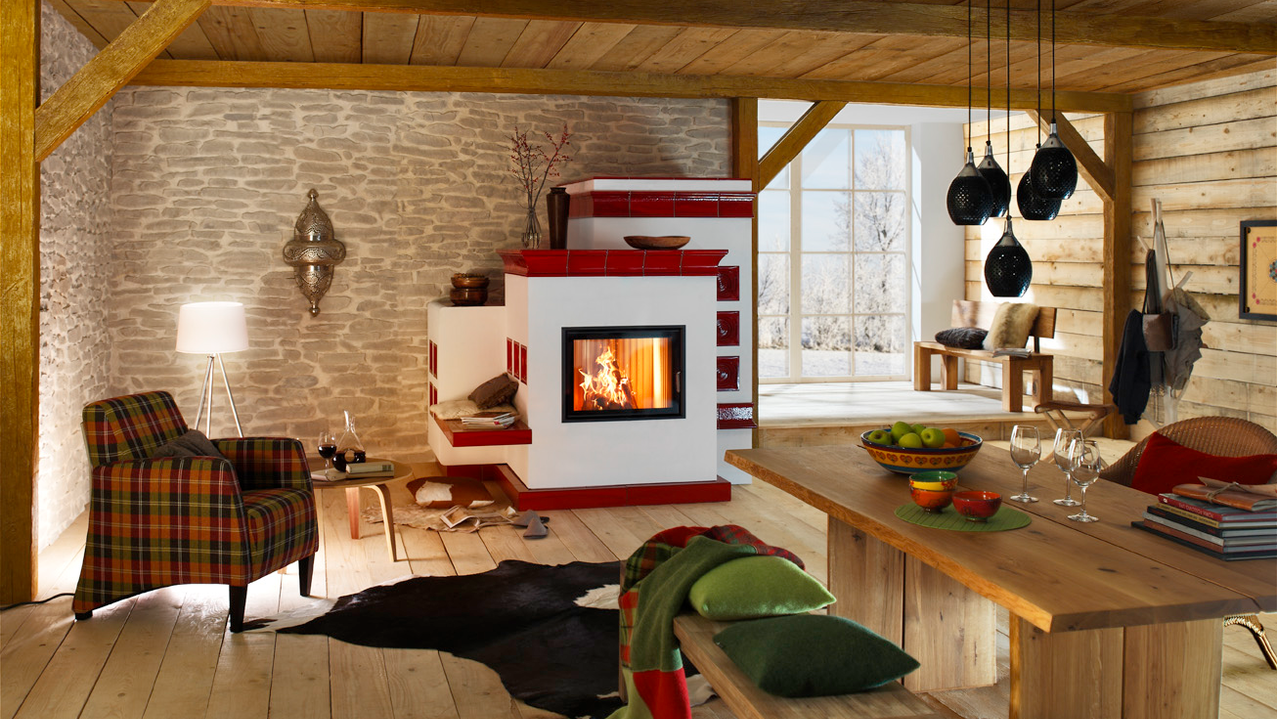

Conclusion
The main effect of storage heaters is radiant heat, which creates a much more pleasant, healthier indoor climate than convection heat. It comes as close as possible to the natural heat of the sun. The air in the room, and thus also dust, is moved very little. The humidity is even and energy can be saved because radiant heat provides a greater feeling of warmth. The only disadvantage: it takes longer to get warm. But the heat lasts longer and when the storage heater is switched on daily it does not cool down.
Which type of heat you prefer is a personal decision. If it has to happen quickly, the hot-air stove is advisable. If you can give a storage heater time and prefer to get some heat for longer, the latter is the better choice.
